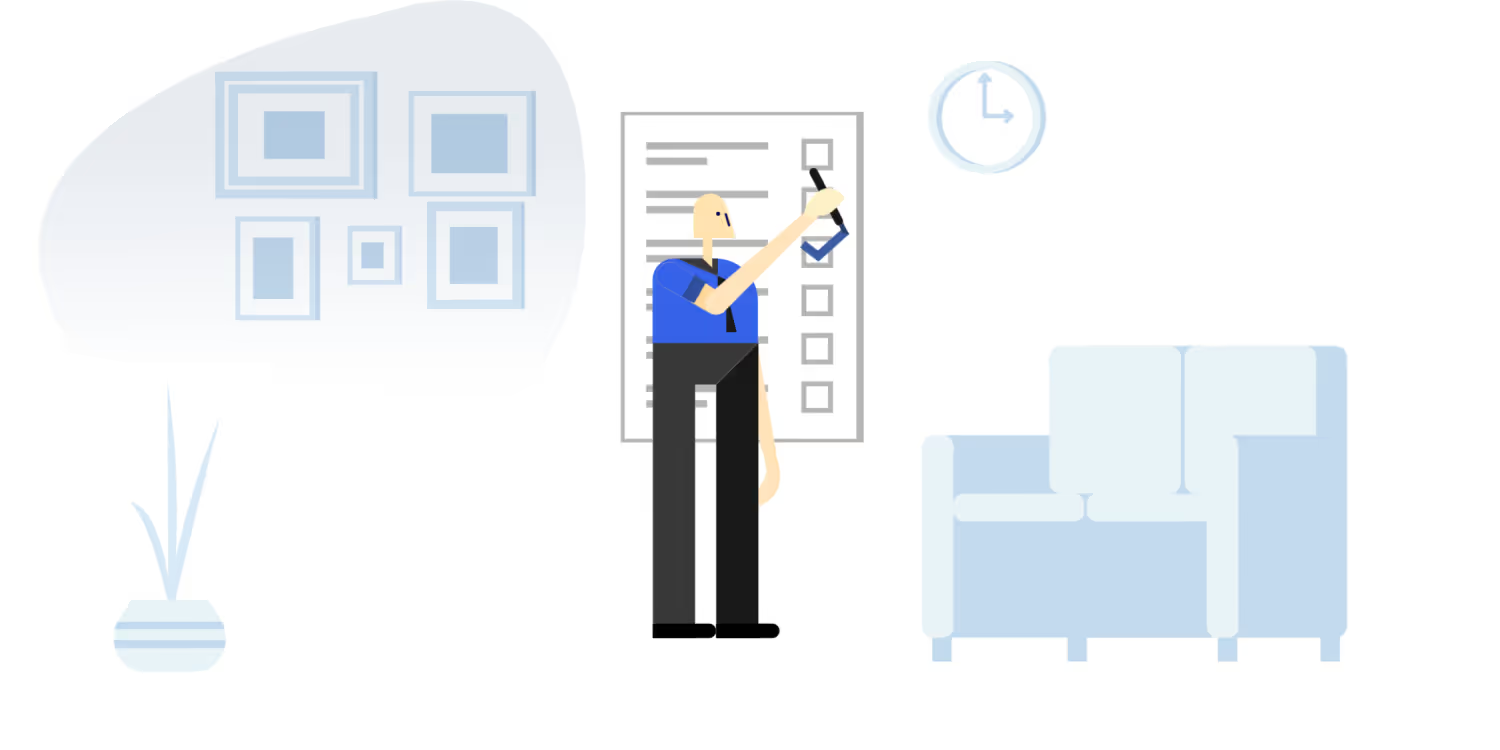6 Reasons Why Your Sales Proposals Don’t Get the Job Done and How to Fix Them

Every time I hear the word proposal, I can’t help but recall a viral video of a marriage proposal that went horribly wrong at a baseball game. A man dropped to one knee and presented the ring as the woman, looking confused, slowly started shaking her head. She rejected the ring, whispered something in his ear, grabbed her purse and left the scene. The man sulked, and the crowd whimpered. Speculations apart, we will probably never know what became of the heartbroken guy. We might never want to; it was that cringe-worthy.
A good sales proposal is not just a great way to seal a deal but also a reiteration of whatever has been discussed between a seller and a prospective customer. A bad sales proposal, however – like the failed marriage proposal–can be awkward, painful or a combination of both. It can put off a potential customer altogether.
So, what makes a good sales proposal?
What are the mistakes that should be avoided while writing one?
Here are six common mistakes that lead to botched sales proposals, and some easy-to-follow suggestions to avoid them in future.
Keeping it generic, instead of personalizing the sales proposal
If you haven’t spoken to the prospect and are using a sales proposal tool, make sure that you’ve done all the homework to understand the prospect’s company and industry. Mention the challenges faced by your clients in the same industry and how your product/service helps them counter those challenges.
How to write a business proposal?
How to make a business proposal work for you profoundly depends on the words or phrases used. The best way to make a business proposal click is to avoid saying what everybody else says. Phrases such as we hope, we are trustworthy and committed are heavily overused and should be avoided. Words like passionate, state-of-the-art or top-quality are best reserved for the pitch and demo stages, where you can prove with examples.
- Make a checklist of what you need to cover in the sales proposal
- Visit the client’s website to understand the issues that matter to them. Check for the words they have used repeatedly and use them in your pitch.
- Check industry forums to know what others in their industry are concerned about, and incorporate them in your pitch.
Keep in mind the type of person you are writing to, making the sales proposal feel like it is written just for that one individual!
Making it look like a tech-spec sheet with too many technical jargons
It can be tempting to emphasize your industry expertise in your pitches. However, your client may or may not be an expert in your industry. If you are going to blind them with too much detail, the sales proposal is only going to serve to lose their focus.
View the sales proposal critically and strip away any jargon that only industry insiders use. When there is a need to explain technical aspects, look for simple ways that can convey what you mean. What is obvious to you may not be so to your prospective client. Take a step back and look at the pitch from the client’s point of view.
Avoid abstract concepts and choose simple language wherever possible. Remember, you want to connect with your client, not confuse them!
Getting the pricing wrong
It is not easy to work out an estimate for your work, and it can be equally bad to quote too low or too high. A lower price could result in the client having doubts about you – are you possibly as good as those who have quoted higher prices for the same services or products? On the other hand, pitching too high can price yourself out of the job – unless the prospect has the cash to splash!
There are several simple strategies that can be used to refine pricing. Firstly, do some market research: analyze competition and competitor websites, understand their offering and the associated pricing. If the competitor prices are not available on the web, find out who their clients are to get any lead on the charges.
It is important to ensure that your price factors in all of your expenses, along with a fair profit margin. If you have researched well and can skillfully explain the paybacks that you clients can reap, you can also attract a premium.
Research on what the market price is, for your products or services. Balance it out based on your resources, experience and expertise, keeping in mind a profit margin!
Burying your Unique Selling Point (USP)
One significant mistake that many businesses do while presenting a sales proposal, is being too modest or humble, and in the process, underplaying their USP. If your sales proposal does not highlight why you’re a standout choice, your prospect will probably pass you by.
Start from the client’s perspective to drive home your unique selling point. Once you know the how and why the prospect needs your business, you can leverage it to connect your strengths to the client’s most pressing needs.
Set out by briefly listing the benefits you can bring, and define the results that your client can expect. Next, summarize this to a few points, and make them the focus of your sales proposal. Seek inspiration from past successes and use them as highlights in the pitch.
Don’t hide your expertise under shyness or modesty. That doesn’t mean you have to be incredibly wordy; just don’t forget to drive the point!
Missing out the key info that the prospect is looking for
One of the most exasperating reasons for losing a customer is not reading the Request For Proposals (RFPs) right and missing out on an important element that the customer wanted more information on.
Before anything else, it is important to read and understand the RFP, create a simple list of the client requirements, and then check the list carefully against the RFP while making a business proposal.
Read and understand the RFP. Make sure your sales proposal shows that you’ve understood what the client’s looking for with each requirement!
Next, carefully consider the client requirements in light of the research that you did. Try to comprehend why the prospect is asking for them, and how you fit into their business. Make sure that your sales proposal demonstrates that you’ve read the RFP and answered each of the client’s requirements.
Failing to follow up
You have used the right sales proposal tool to make a perfect business proposal layout with beautiful templates, custom client landing pages, electronic signatures, and more. It is designed to impress, but then you sent it out and waited too long for a response or simply forgot about it. Many sales proposal tools can help you know when your client opens your proposal. It is a blunder to simply send out a pitch, and wait in vain for days for a response.
You can masquerade your call or email as an offering of help – ask your prospect if they have any questions or are looking for any more information regarding the sales proposal.
A rough rule of thumb for following up with a client - one email, one phone call. Make the first call a few days after the pitch is sent, or earlier if you know it’s been seen.
Conclusion
Sales proposals can often be both expensive to create and easy to end up in the trash. Maybe that's why many sales reps are wary of writing them. One really good way of writing a sales proposal is to involve the prospect. Ask if one of the prospect’s team members would be interested to spend a few minutes to help you put it together. That way, you can understand their expectations better. After all, if they are willing to invest this little time for you, they’re far more likely to invest some money in your business too!
What are your thoughts on making that killer sales proposal?
Ready to discover how our product can transform your business? Schedule a free demo now!
Suggested Blogs

What’s new in Zomentum - December 2019
.avif)
Zomentum Announces the Top Influential Partners of 2023: Leading the Way in Growth and Innovation

